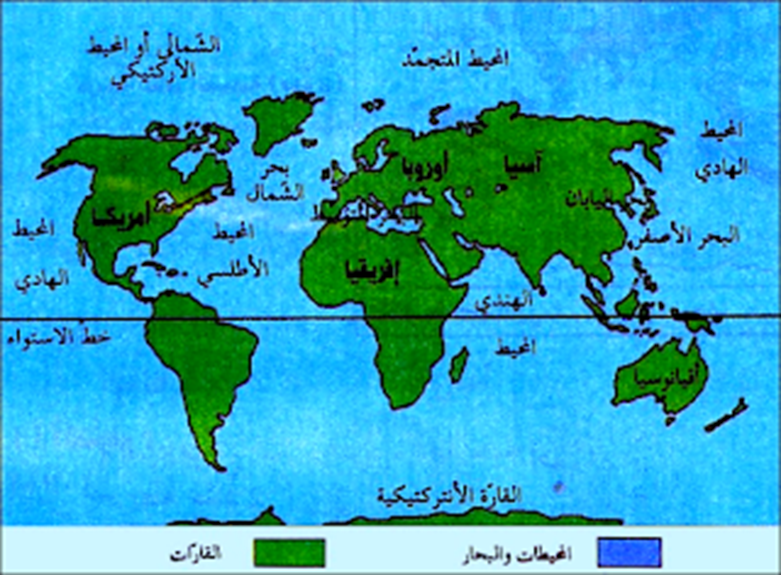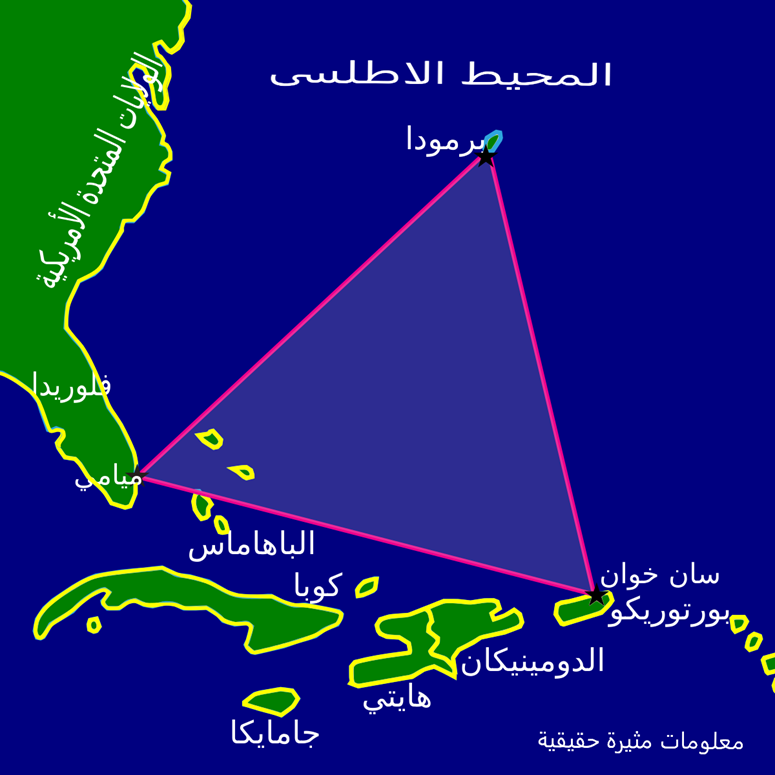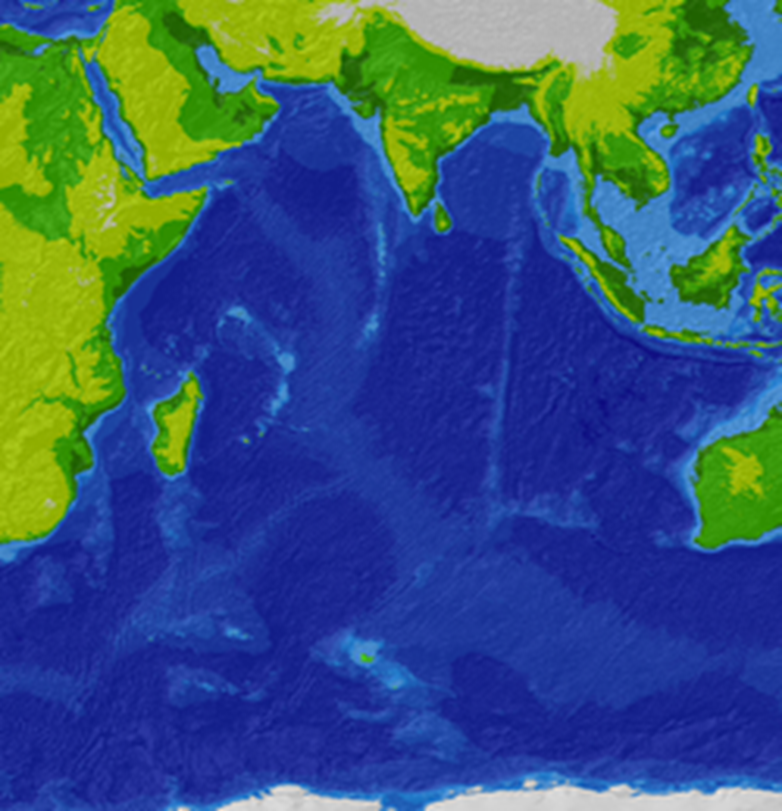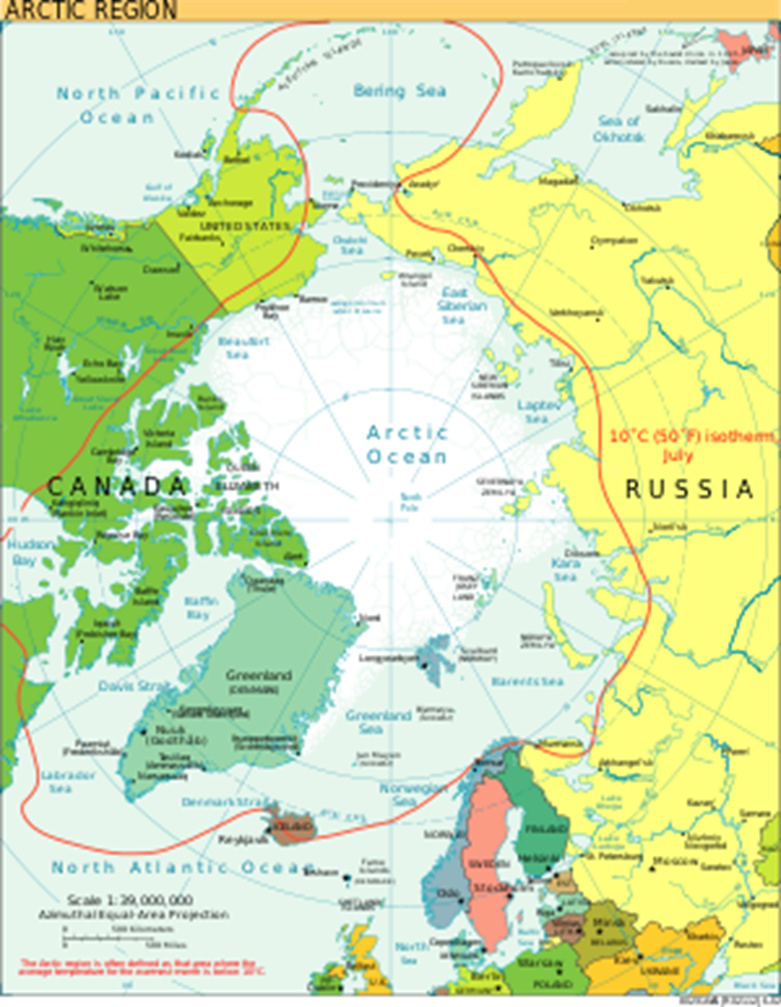95%of the Earth's oceans are undiscovered yet. I know the secrets and mysteries of the Earth's five known oceans

The oceans represent the largest and largest part of the Earth's surface area, and they are the largest and largest part of the planet Earth's large body of water. Despite this vast area, they represent only 3% of the discovered ocean area, as scientists estimated that here more than 95% of the Earth's oceans are undiscovered. Until now, as shown in the picture below, the distribution of oceans and their geographical location on the world map.
Geographic distribution of the world's oceans
The land area is more than 510 million square kilometers, and the land area of this large area of our planet is about 148 million square kilometers, while the water area is about 361 million kilometers.
The oceans that surround the Earth represent 97% of the planet's water.
Dear reader, you can imagine that the area of the Pacific Ocean and the Atlantic Ocean combined represent more than half of the total area of the Earth, and you should know that there is many times that area of oceans undiscovered so far. Oceanographers have stated that there are more than 95% of the Earth’s oceans undiscovered. Until now, this confirms the authenticity of the hadith of the Messenger of God (O Abdullah, do not ride the sea except as a pilgrim, a pilgrim, or a warrior in the path of God, for under the sea there is fire, and under the fire there is a sea). The Messenger of God, who does not speak out of desire, may God bless him and grant him peace, spoke the truth.
The oceans are divided into five main bodies, which are in order of area as follows:
The Pacific Ocean
Atlantic or Atlantic Ocean
Indian Ocean
Antarctic Ocean
Arctic Ocean
Below we will present each of the five oceans in some detail
First: the Pacific Ocean
It is the largest body of water on the planet Earth, as its area is half the area of the Earth’s hydrosphere, and the area of the Pacific Ocean is more than 165 million kilometers without adding the seas branching off from it, which represents more than 30% of the total area of the planet Earth.
The maximum depth of the Pacific Ocean reaches 11,500 meters, and it has the deepest sea point on the planet known as the Mariana Trench near Japan and the Philippine Islands, as shown below in the picture.
img]https://i.servimg.com/u/f57/20/22/84/12/1----935.png[/img]
[Mariana Trench Pacific Ocean
Second: The Atlantic Ocean
The Atlantic Ocean, or the Atlantic Ocean, or as it is known as the Sea of Darkness. The Atlantic Ocean is the second largest body of water in terms of area after the Pacific Ocean, with an area of 106 million kilometers if the seas branching from it are added, which represents 20% of the total area of the planet Earth. As for the geographical location of the ocean It is located between the continents of Africa and Europe on the one hand and the Americas on the other hand. The deepest point of the Atlantic Ocean is at the Puerto Rico unit and is a little more than 9,000 meters. The Atlantic Ocean was called the Sea of Darkness due to the many mysterious incidents associated with its name and the name of the Bermuda Triangle located within the area of the ocean, as shown in the picture below. .

Third: The Indian Ocean
is the third largest ocean in terms of area after the two giants, the Pacific Ocean and the Indian Ocean. The area of the Indian Ocean is about 73 million km, and its deepest point is at Java, which is estimated at about 7,000 metres.

Fourth: The Antarctic Ocean
The Antarctic, or as it is known as the Great Ocean, is located in the Southern Hemisphere and is the fourth largest ocean in terms of area. Its area is about 20 million square kilometers, its maximum depth reaches 6,900 meters, and its waters are frozen most days of the year.

Fifth: The Arctic Ocean
The Arctic is the fifth major ocean on Earth and the smallest in terms of total area and depth as well. Some call it the White Sea in recognition of its small area. You should know that this small area is equivalent to the area of Russia, meaning that the area of the Arctic Ocean is about 14 million kilometers. It is located in the Northern Hemisphere and its maximum depth reaches 5,400 metres. Its waters are permanently covered by ice, and its lowest temperature may reach minus 70 degrees Celsius.

Fifth: The Arctic Ocean
Source : websites

